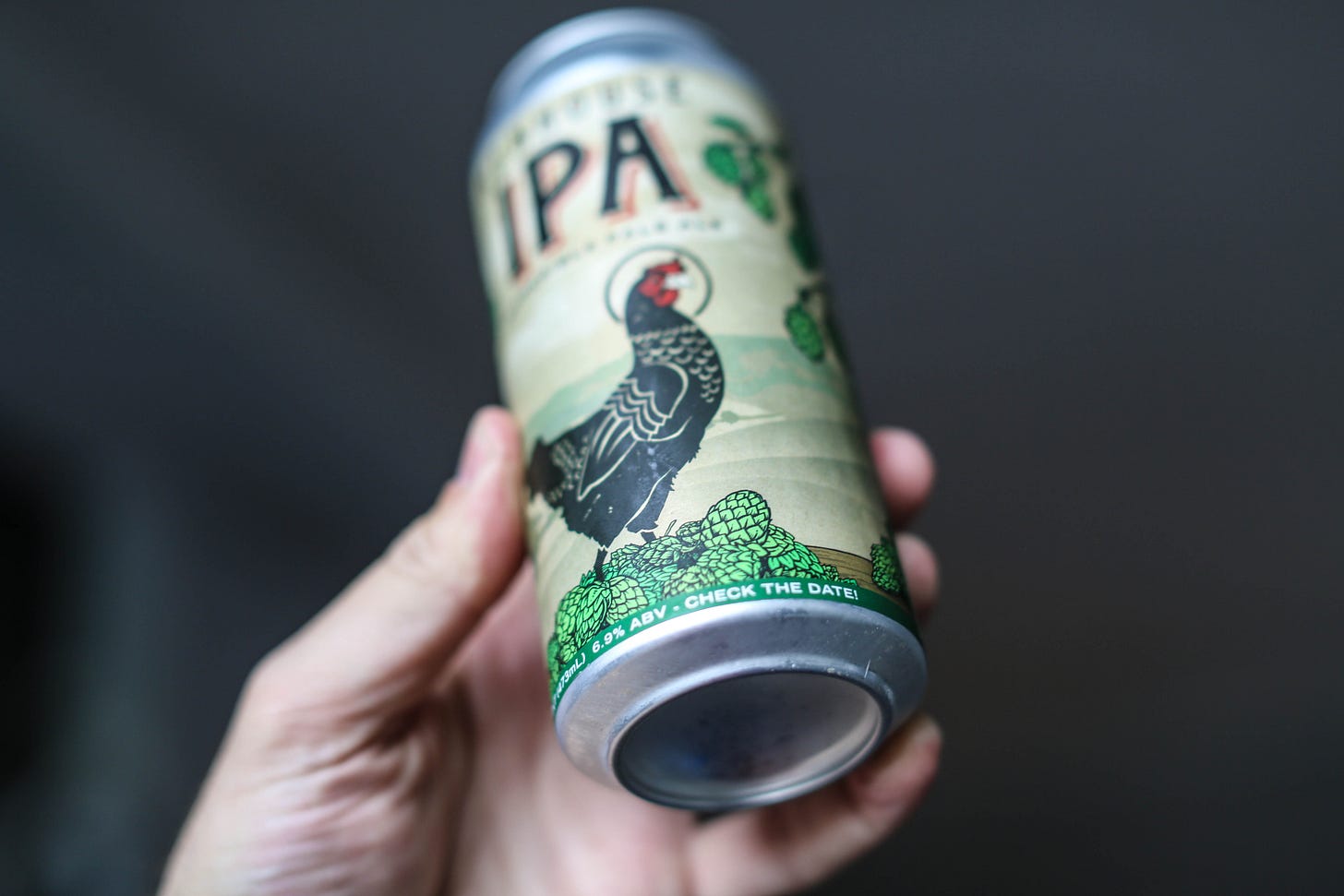The Freshness Equation
One of the key differentiators of craft beer has always been freshness. These consumer expectations stem naturally from the small, local and dare I say “artisanal” component expected from a small to medium-sized business. For brewers taking pride in their product, freshness is a necessity. With hop-forward beers driving the majority of interest in the category, their susceptibility to age compared to any other style of beer forces successful IPA-focused breweries to care even more deeply about code dates than their consumers. As breweries extend beyond their home base, the rules change and freshness runs into major challenges.
Timing is Everything
Freshness begins with how often a beer is able to be packaged. If only canned once per month, then there are days where you can’t find that beer without at least 29 days of age on it. Not that there’s anything wrong with a beer that’s 1 month old, but that’s a less than ideal parameter to work within. The frequency that a beer is packaged, on average, is determined by two high level factors:
Rate of Sale (Rolling Average Qty Sold Per Day)
Brewhouse Size
Production planners determine when to schedule each brew based on when they’ll need it. They must thread the needle between not producing too early and the fresh beer having nowhere to go, while also avoiding running out of stock and missing out on sales. This is done by constantly tracking the beer’s rate of sale, which is the ultimate moving target, fluctuating by day/week/month 💨 🎯.
The frequency of brews also comes down to the size of the brewhouse. That’s why the sizing decision when opening a brewery is so important. The larger, the more efficiencies that are gained and the cheaper finished beer will cost. Going bigger than a distribution footprint can handle though results in too much aging beer without a home. This is why breweries tend to size up their brewhouse as they grow, and typically don’t skip straight to the size they foresee themselves needing in 5-10 years.
Flagship Power
For the prototypical brewery with a portfolio of beers including year-round offerings, seasonal rotators, and one-offs, there’s a natural pecking order to freshness. Long-tenured flagship brands tend to have the widest and most loyal following, meaning they not only drive the most volume, but they have the most predictable and steady rate-of-sale. As a result, they’re canned at a much more frequent cadence.
It’s pretty unusual for there to be an even distribution of sales between year-round offerings, meaning the next beers down the list aren’t going to need reinforcements quite as often. For a craft brewery, it’s not uncommon for one brand to get canned weekly (or more) while other beloved brands without as wide of a following are say, monthly.
There’s No Place Like Home
For local breweries using a distributor, the cost of freight is not as significant of a variable when it comes to freshness because the efficiency of truck loads doesn’t need to be scrutinized with as much precision. Loading up your home town distributor with the latest seasonal or a fresh one-off can take place promptly upon packaging. The geographical proximity also allows for more conservative buying of top-selling flagships, knowing that the next fresh batch is always right around the corner.
When selling beer in farther away markets, it’s not as easy. For starters, without being the hometown brewery, sales are not nearly as strong typically and market penetration is not nearly as deep. The rate of sale is likely slower and the need to maximize shipping efficiency is crucial. For the economics to make sense, it will almost certainly force breweries to send fresh beer less often, such as every couple weeks or every month. With this constraint, timing these shipments will usually only allow some brands to be perfectly timed based on canning dates, while others have no choices to wait weeks before shipping out.
The Beginning, not The End
Unfortunately, this is where the freshness equation begins not ends, as each beer may need to be split between many formats including 6-packs, 12-packs, 19.2oz cans, 1/2 Barrels, and 1/6 Barrels, each with their own equation. The power of local already has a lot going for it thanks to pride and fans’ proximity to visiting and experiencing the brand on-site. Due to logistical costs and constraints, local also adds a flexibility around freshness that stacks the deck even further. This doesn’t make it impossible for out of market breweries to compete, but it forces them to elevate their game with superior planning and quality investments that ensure their beer is being consumed in a condition that will keep the consumer coming back.







